

Norbert Pfretzschner (1 September 1850, Kufstein - 28 December 1927, Lana an der Etsch) was an Austrian sculptor and the only author of books on hunting.


Norbert Pfretzschner (1 September 1850, Kufstein - 28 December 1927, Lana an der Etsch) was an Austrian sculptor and the only author of books on hunting.
His father, Norbert senior, was a physician, an Imperial Councillor and member of the Austrian Reichstag, who was interested in art and photography. Franz Hanfstaengl, the well-known Munich photographer, was one of his uncles. [1]
He attended schools in Brixen and Innsbruck and served as a nurse during the Franco-Prussian War. In 1871, following his father's wishes, he began studying economics, eventually attending schools in Leipzig, Breisgau and Freiburg, where he was a member of the Corps Suevia Freiburg. [1] His interest in hunting led him to give up his studies and take positions as a game warden and forester, first for the estates of Count Ernst II, then in Schillersdorf, Upper Silesia, for Nathaniel Meyer von Rothschild., [2] but he had to quit due to an illness. After convalescing in Munich an acquaintance, Eduard von Grützner, suggested art as a career, so Pfretzschner studied sculpture with Edmund von Hellmer in Vienna and Ludwig Manzel in Berlin, [2] where he worked from 1891 to 1913, becoming a Professor at the Prussian Academy of Art.
At the beginning of World War I, despite being 64 years old, he volunteered for the Kaiserjäger Regiment and served on the front lines, later becoming a Major in the Kaiserschützen. [1] He retired to Lana after the war and wrote the hunting novel Peter Rießer, der Wildmeister von Hinterriß. [3] His son Ernst was a well-known architect who worked in Austria and Argentina.
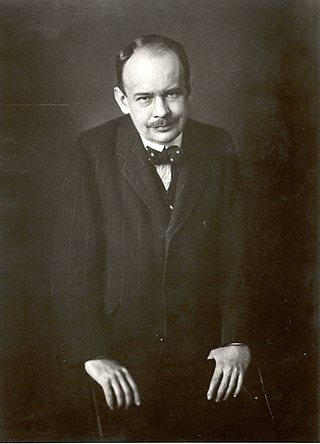
Max Dvořák was a Czech-born Austrian art historian. He was a professor of art history at the University of Vienna and a famous member of the Vienna School of Art History, employing a Geistesgeschichte methodology.

Vinzenz Ferrerius Friedrich Freiherr von Bianchi, Duke of Casalanza, was an Austrian Feldmarschallleutnant who notably served during the Napoleonic Wars.

Franz Seraph Hanfstaengl was a Bavarian painter, lithographer, and photographer.
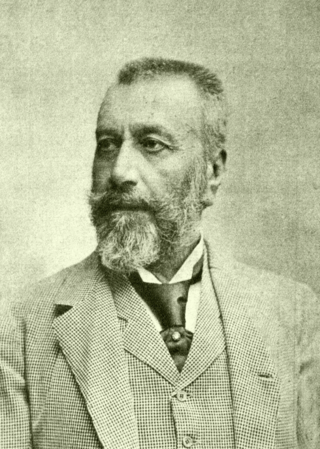
Johann (Hans) Nepomuk Wilczek was an Austrian arctic explorer and patron of the arts. He was the main sponsor of the Austro-Hungarian North Pole Expedition in 1872–74.
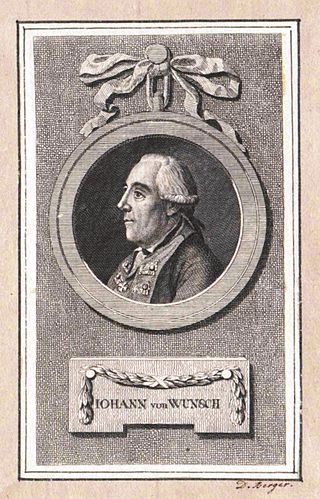
Johann Jakob von Wunsch (1717–1788) was soldier of fortune and Prussian general of infantry, and a particularly adept commander of light infantry. The son of a Württemberg furrier, he served in several armies in the course of his lengthy career.
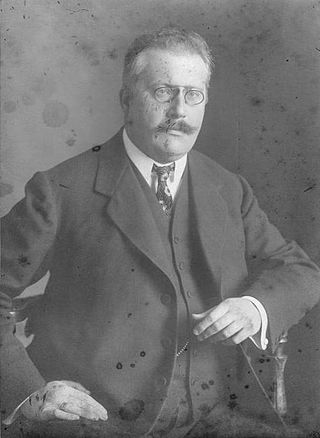
Julius Bittner was an Austrian composer.
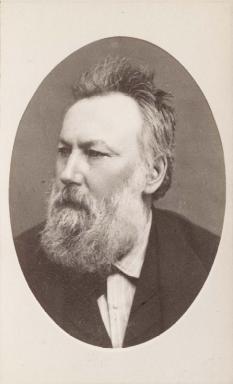
Johann Nordmann was an Austrian journalist and travel writer.
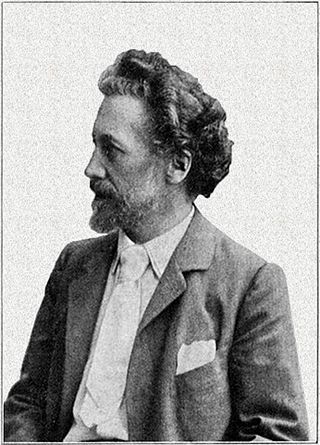
Edmund Ritter von Hellmer, born Edmund Hellmer and ennobled in 1912, was an Austrian sculptor who worked in the styles of Historicism and Art Nouveau.
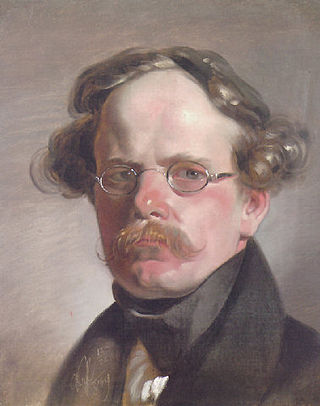
Franz Xaver Stöber was an Austrian engraver and etcher.
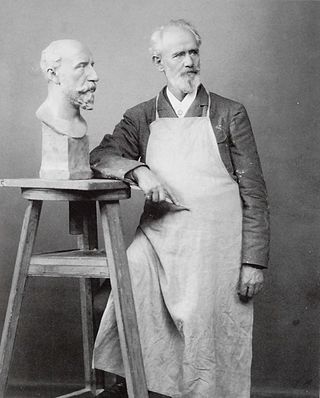
Johann Friedrich Reusch was a German sculptor and art teacher.

Johann Nepomuk Schaller was an Austrian sculptor. His most famous work is a bust of Ludwig van Beethoven at age 55, created at the request of the composer's secretary Karl Holz in 1825. It was later presented to the Royal Philharmonic Society, London, on the occasion of the Beethoven Centennial.

The Siegesdenkmal in Freiburg im Breisgau is a monument to the German victory in the Franco-Prussian War in 1871. It was erected at the northern edge of the historic center of Freiburg im Breisgau next to the former Karlskaserne (barracks). After World War II it was moved 100m to the west. Today it is located on Europaplatz.

Johann Christian Ernst Bareuther was a Bohemian-Austrian politician.

Adolph Kohut was a German-Hungarian journalist, literature and cultural historian, biographer, recitator and translator from Hungarian origin.
Gösta Neuwirth is an Austrian musicologist, composer and academic teacher. He studied in Vienna and Berlin, where he wrote a dissertation on harmony in Franz Schreker's Der ferne Klang. He has taught at universities and music schools including the Musikhochschule Graz, University of Graz, Hochschule der Künste Berlin and University of Freiburg. His compositions include a string quartet and a chamber opera.

Theodor Reichmann was a German operatic baritone.
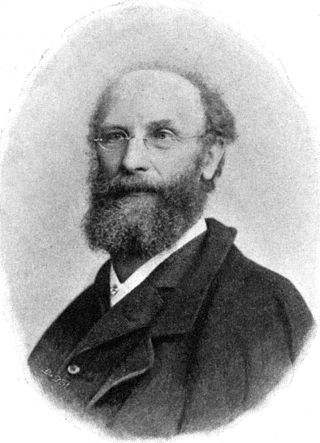
Johannes Benk was an Austrian monumental sculptor.
Josef Pembaur was an Austrian pianist and composer.
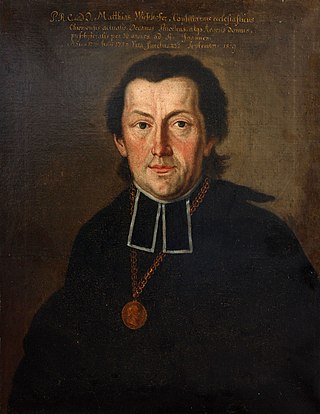
Matthias Wißhofer was an Austrian freedom fighter, clergyman and pastor. He also served as the first school inspector for the Tyrolean Unterland. In addition, he was an amateur inventor, and is said to have devised an "electric shotgun".

Andreas Halbig, was a German sculptor, and brother to sculptor Johann Halbig.